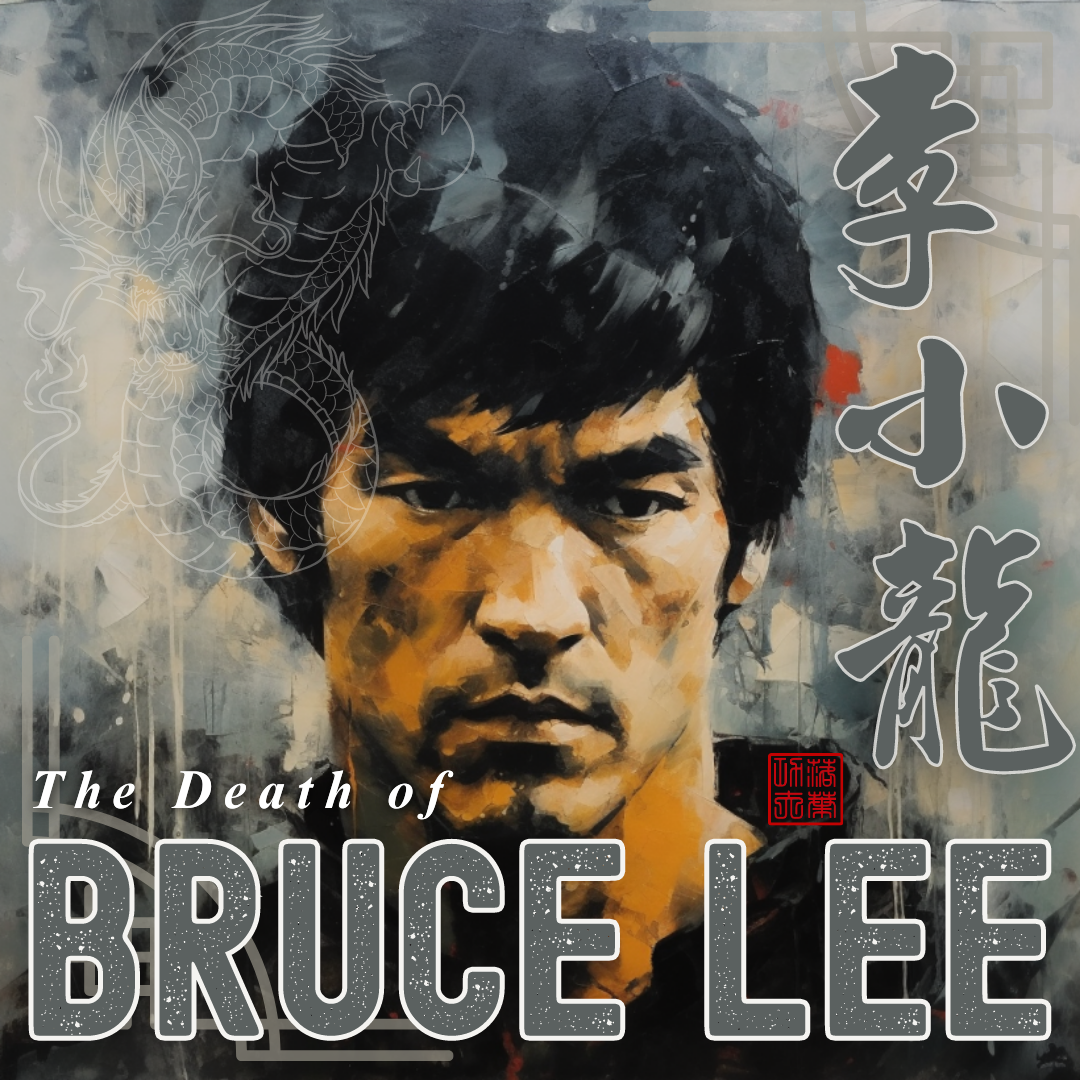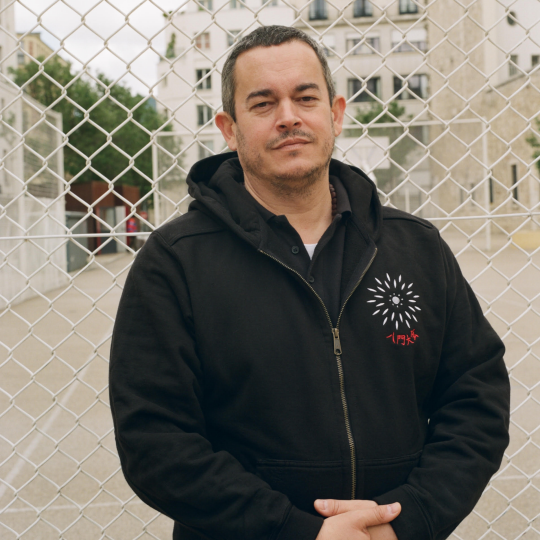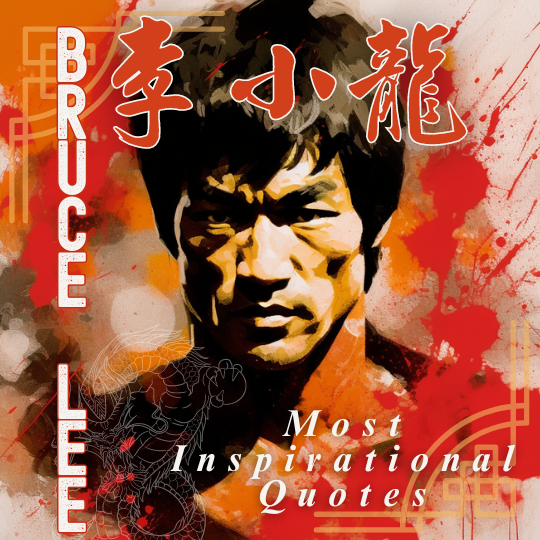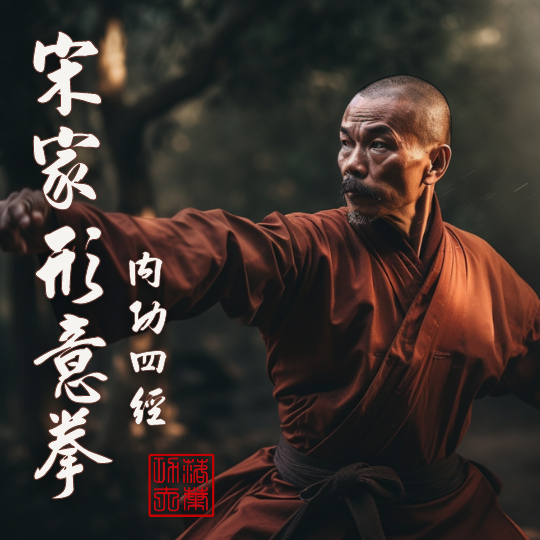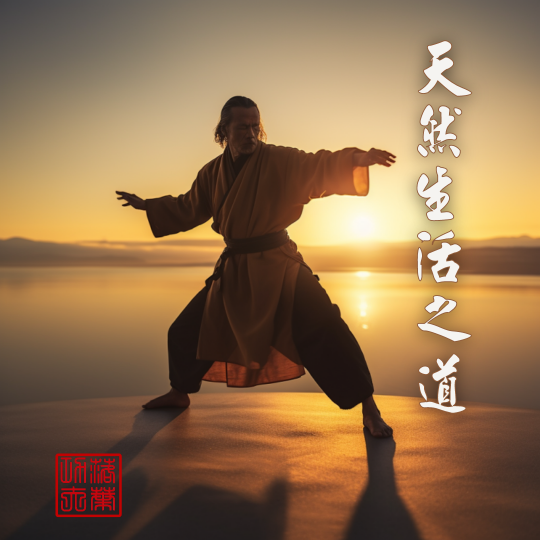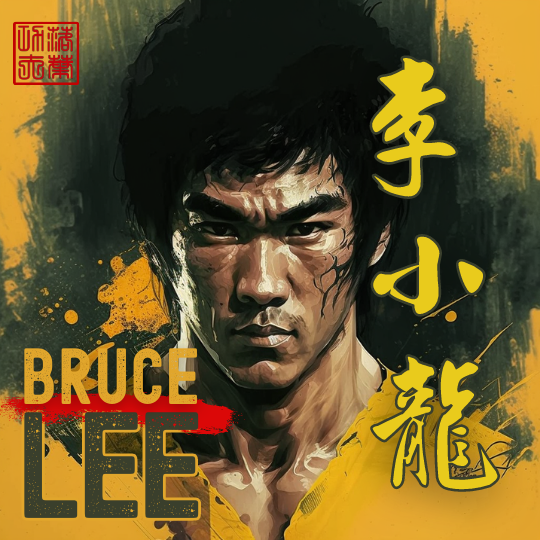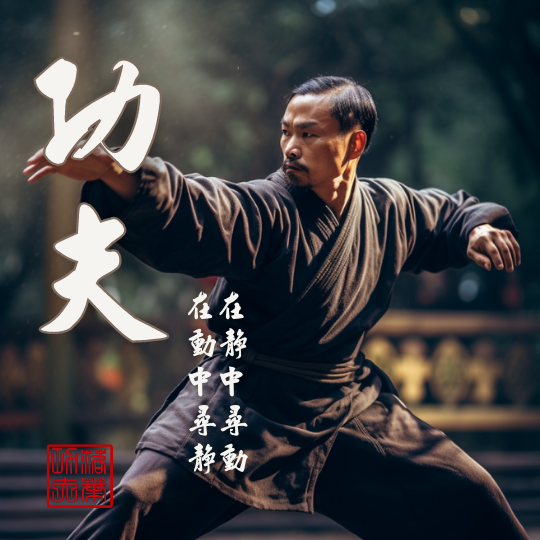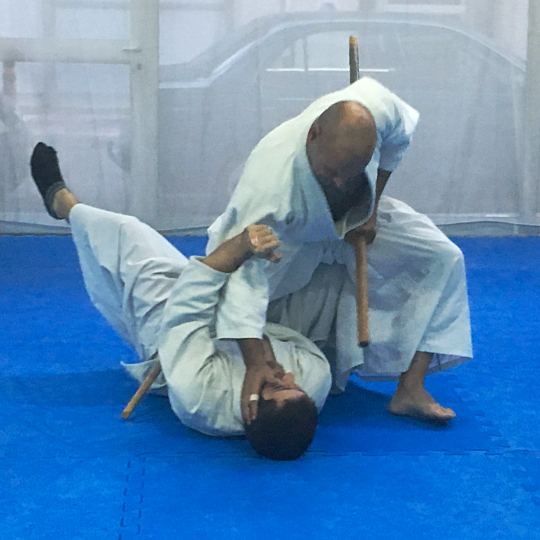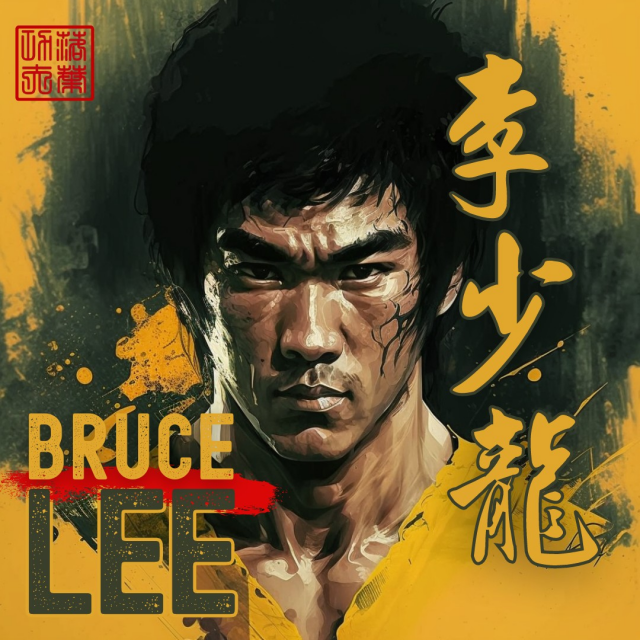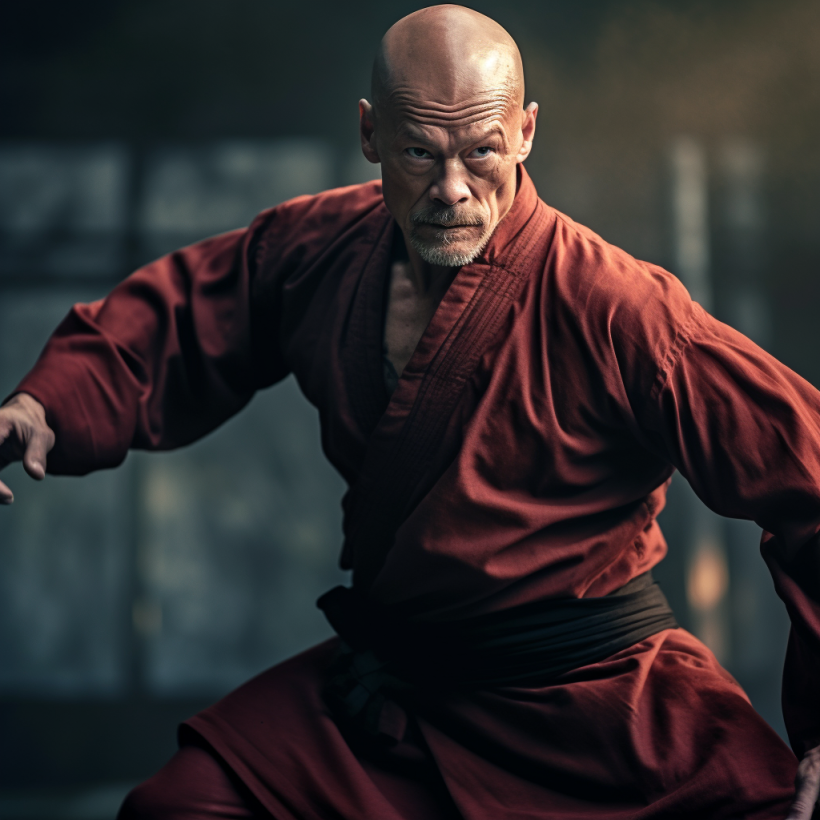
Unmasking Creatine – Fuel for the Ageing Martial Artist
By now, I’m sure you’ve heard of creatine, but what is it, and as a martial artist, why should you care?
In the unforgiving world of martial arts, two primal forces clash; our relentless pursuit of mastery and the stark reality of our bodies’ advancing years. As we age, that high-octane kick doesn’t land as easily, the reflexes aren’t as lightning-fast, and recovery time feels like an eternity. For those of us grappling with the limits of age and ambition, we yearn for that something – a potential game-changer – to tip the scales back in our favor.

Enter creatine. This much-talked-about supplement is rumored to be the secret weapon in the fight against time and fatigue. Yet, in the chatter of locker rooms and online forums, it is shrouded in half-truths and bro science. Does it boost performance, or is it just another overhyped supplement? Does it risk our health or help us maintain our fighting edge?
In this “Fit To Fight installment,” we pull no punches. We’re stepping onto the mats with science to knock out the myths and highlight the facts surrounding creatine. We’ll explore what it is, what it does, and whether it’s the ally the mature martial artist needs in this fight against time. From daily dosages to potential side effects, we’ve got you covered. Get ready to discover if creatine can make you a better fighter, regardless of what the calendar says.
Fit To Fight
Welcome to another installment of Fit-To-Fight, the series where we explore the intersection between ancient practices and modern science as part of a more natural way of living.
This series aims to help you experience your best physical and mental health by incorporating these practices into your life. We explore exciting topics that will get you thinking about your fitness and martial arts routine in a whole new way.
What Is Creatine?
Creatine is a naturally occurring substance in the human body, particularly in our muscle cells. Creatine monohydrate is an organic compound with the chemical formula CNCH₂CO₂H. The human body produces around 1 to 2 grams of creatine per day, and the rest is taken in through diet, particularly from foods like meat and fish.
Chemically, it’s known as a quaternary ammonium compound, chiefly involved in facilitating energy production in our cells. Creatine acts as a reserve of quick energy, especially during high-intensity, short-duration exercises like weightlifting or martial arts moves where we need sudden bursts of power.
Creatine also comes in a synthesized form, which is sold as a dietary supplement. This form is chemically identical to the creatine naturally produced by our bodies. This supplement is popular among athletes and fitness enthusiasts due to its potential benefits in enhancing athletic performance, strength, muscle gain, and even cognitive (brain) function.
What Does Creatine Do?
Power Play: How Creatine Monohydrate Supercharges Your Muscles
Imagine your muscles are like high-performance cars. To accelerate rapidly or maintain top speed, they need high-octane fuel. This “fuel” in our bodies is a molecule called ATP (adenosine triphosphate). It’s what keeps our biological engines revving, powering everything from a lightning-fast jab to a knee-crushing kick.
But here’s the rub: the body’s ATP reserves are limited and depleted quickly during intense activity. It’s akin to draining your sports car’s gas tank after a high-speed run. That’s where creatine steps into the spotlight.
Picture creatine as your muscle’s pit crew. During those high-intensity bursts, when ATP is rapidly used up, creatine helps quickly regenerate ATP. It does this by donating a phosphate group to produce new ATP, effectively refueling your muscle car mid-race. The result? You can maintain that high-speed, high-power output for a little longer, making each workout or training session more effective.
So, creatine doesn’t give you energy per se. Instead, it’s more of a recovery tool, a “recharger” that helps replenish your body’s quickly-depleted energy stores. By aiding in ATP restoration, creatine allows you to train harder and more effectively, potentially leading to better performance and strength gains.
Whether launching a flurry of punches or executing a masterful sweep, creatine is the pit crew your muscles need to go that extra round. But, like any supplement, it’s not a magic bullet. It must be considered within the broader scope of diet, exercise, and lifestyle. Stay tuned as we tackle more questions about creatine, so you can decide if it’s right for your fitness journey.
Is Creatine Bad For You?
Performance Booster or Health Hazard?
By nature’s design, creatine is not the bogeyman it’s sometimes made out to be. After all, our bodies craft it daily from amino acids in the liver. It’s like the body’s in-house blacksmith, fashioning an essential tool for high-performance activity. That tells us something about its value.
There’s a pervasive myth linking creatine to kidney damage. It hinges on the fact that creatine supplementation increases creatinine levels in the body. For the uninitiated, creatinine is a waste product often used as a marker of kidney health. Higher levels can indicate kidney problems, leading some to draw a dangerous line connecting creatine to kidney harm.
But here’s the catch: research has shown that increased creatinine levels due to creatine supplementation are not a sign of kidney damage in otherwise healthy individuals. It’s more like a harmless false alarm triggered by the body processing the extra creatine, akin to the effects of increased dietary protein.
Bruce Lee, a paragon of martial arts and fitness, was a creatine user. His legendary status, formidable power, and enduring legacy speak volumes about this supplement’s long-standing efficacy and safety. The science concurs: for healthy individuals, judicious use of creatine is safe, supported by numerous studies endorsing its long-term use.
To recap: creatine isn’t your adversary—it’s a trusted companion in every fighter’s corner, ready to back you up in your martial arts journey.
Is Creatine Good For Martial Arts?
Powering the Punch: Turbocharge Your Martial Arts Game
Martial arts aren’t just about strength; it balances power, endurance, and speed. Can creatine help you strike harder and grapple longer? Emerging science suggests it is your secret weapon.
Creatine is like a trusted cornerman, boosting your muscular strength and enhancing anaerobic power. Think of it as an extra gear, allowing you to go harder, faster, and more effectively during those high-stakes sparring sessions and grueling workouts.
But that’s not all. Creatine takes your muscle cells to the hydration station, leading to what’s known as ‘hyper-hydration.’ This is akin to supercharging your muscles’ water retention capacity, helping to increase glycogen storage – that’s your muscles’ ready-to-use energy reserve. More glycogen equals more fuel for your martial arts training, letting you push harder and go longer.
Another unseen advantage is reduced muscle damage. After those heavy-duty workouts, your muscles are like warriors returning from battle – bruised, battered, and needing repair. Here, creatine steps in as the medic, decreasing markers of muscle damage and accelerating recovery.
The upshot? More work capacity, improved recovery, and over time, potentially more muscle hypertrophy and strength. This doesn’t just translate to a better physique but also a more potent martial arts performance.
Yet, remember, creatine is an ally, not a miracle worker. It works best with a balanced diet, a consistent training regimen, and plenty of rest and recovery. So, if you’re eyeing that extra edge in your martial arts journey, creatine might be worth considering.
Is Creatine Illegal In Combat Sports?
Legal Boost or Banned Substance?
The arena of combat sports has stringent rules, especially around performance-enhancing substances. So, is creatine classified as a legal supplement?
According to the United States Anti-Doping Agency (USADA), the referee of fairness in sports, creatine gets the green light. It’s not on their list of banned substances, meaning athletes, including martial artists, can use it without breaking the rules.
However, when shopping for creatine, it’s a buyer-beware market, and you should vet your creatine source. Buying from reputable manufacturers based in the US, Canada, or Germany that adhere to good manufacturing practices is a smart move.
Why the caution? Some supplements, particularly those from China, may contain heavy metals or be produced in facilities that also handle banned substances. It’s a classic case of cross-contamination that could result in an accidental failed drug test.
The Mindful Warrior: Can Creatine Boost Your Brainpower?
Martial arts is as much about mental acuity as physical prowess. Creatine, often celebrated for its muscle-boosting benefits, might also have a starring role in the theater of the mind.
Creatine’s cognitive-enhancing potential shines especially bright in certain groups. Vegans and the elderly, who are more likely to be creatine deficient, may find it particularly beneficial. Creatine can step in to refill the body’s lower reserves, potentially sharpening mental focus and cognition.
Beyond this, creatine shows promise in more challenging scenarios, where the brain’s energy demands – and consequently ATP turnover – are high. Think of it as bringing a supercharged battery pack to an energy-intensive party.
Those late-night training sessions when sleep deprivation gnaws at your focus? Creatine might help keep your mind sharp. When you’re grappling with complex strategies or decoding an opponent’s moves? It could offer that mental edge.
While empowering and thrilling, martial arts carries the inherent risk of concussions and traumatic brain injuries (TBIs). Blows to the head can be part of the game. Interestingly, creatine may play a defensive role here. Some studies suggest it can aid brain recovery post-injury, offering a potential protective effect against such risks. So, beyond muscle power, creatine might also be your brain’s ally on the mats.
By bolstering brain ATP, creatine ensures your mental engine has the juice to run optimally, even under demanding conditions. Remember that while the scientific picture is promising, it’s still developing. Further research is needed to comprehend creatine’s cognitive potential fully.
Bottom line? Creatine might amplify your physical game and potentially sharpen your mental edge, making you a more formidable martial artist both in body and mind. But how much creatine is ideal, and when should you take it? We’re ready to tackle that in the next section!
What Is The Proper Way To Take Creatine?
Tuning Your Strategy: From Loading to Maintenance
The road to creatine optimization can be viewed in two stages – Loading and Maintenance. Let’s break these down.
Loading Phase
During the Loading phase, a guideline of 0.3 g/kg/day, split into four intervals, is suggested, given that creatine needs can vary with body weight. An alternative path is a slower pace, where taking 3 grams a day for 28 days could increase muscle creatine storage to similar levels as a speedy load-up of 20 g/day over just six days. Remember that creatine’s benefits will be fully felt once your muscles are fully loaded, like a well-tuned engine ready to roar.
Loading Phase:
- Lasts 5-7 days.
- Daily: 0.3 g/kg body weight.
- Divide into 4 doses.
- Or, slower load: 3g/day for 28 days.
Maintenance Phase:
- Shift to 3-5 g/day post-loading.
- Maintain this daily.
Taking creatine with carbohydrates or carbs plus protein can enhance creatine retention, much like a well-timed punch can deliver a more potent impact. This increase in muscle creatine storage is linked with the performance-boosting benefits we’ve discussed.
Maintenance Phase
Once you’ve hit the 5-7 day mark in the Loading phase, you’re onto Maintenance. At this point, your muscle creatine stores are fully saturated, like a water balloon ready to burst. Your supplementation now only needs to cover the amount of creatine broken down daily. This was initially reported to be around 2-3 g/day, but recent research suggests a 3-5 g/day dose could better maintain those fully loaded creatine levels.
With your creatine strategy finely tuned, you’re ready to step back onto the mats, powered by science.
So, you’re considering making creatine your training ally. But like learning the right stance or mastering a precise move, there’s a proper way to take creatine too.
When it comes to form, creatine monohydrate wears the championship belt. A daily dose of 5 grams post-workout is typically recommended. Timing it right is key – just as you wouldn’t execute a roundhouse kick at the wrong moment.
Why after your workout? When your muscles have been tested in the mats or the gym, they’re ready to absorb nutrients, a state we can liken to a sponge freshly wrung out and ready to soak up water. Adding carbohydrates and protein to the mix further enhances creatine absorption, creating a potent recovery cocktail. It’s like the perfect one-two punch, knocking out muscle recovery and performance optimization in one swing.
Conclusion
Creatine, a naturally occurring compound in our bodies, steps into the mats as a potential ally in the ceaseless fight against age and time. It is not an elixir of youth nor an overblown myth; it is a supplement with proven benefits in replenishing energy stores and enhancing high-intensity performance – the very attributes a martial artist needs to endure the grueling gauntlet of training and competition.
Does creatine turn the clock back? No. Does it promise unending strength and stamina? Certainly not. It offers a potentially improved training outcome, faster recovery, and an edge against opponents. It’s not a miracle worker, but it can be a potent tool in a martial artist’s demanding regime.
From the aging martial artist grappling with the challenges of time to the passionate novice striving for an edge and to every warrior in between – this edition of “Fit To Fight” is dedicated to you. As we walk this path together, we know that the quest for mastery never ends; it merely evolves. In the arena of martial arts, victory lies not in conquering opponents but in the constant pursuit of becoming better, stronger, and wiser. Here’s to that quest, and here’s to the martial artist in each of us. Let the journey continue.
- Why Hand-to-Hand Combat Still Matters in the Firearm Era

- What is a Kung Fu Master Called?

- Woman Fight’s Off Her Attacker At The Gym!

- Bruce Lee’s Real Fights: The True Stories Behind the Legend

About the Author

Ashe Higgs, I Liq Chuan Master Instructor & L2 Nutrition Coach
Ashe is a highly skilled martial arts instructor and certified nutrition coach with over two decades of experience in the field. He holds a Master Instructor certification in I Liq Chuan under Sam FS Chin, making him one of only several individuals worldwide to hold the title. He has taught classes and workshops worldwide and is passionate about helping others achieve their fitness and wellness goals.
With a background in full-contact fighting and a Level 2 certification from Precision Nutrition in nutrition coaching, Ashe is a well-rounded expert in the fields of martial arts. In addition to his expertise, he has a wealth of experience in teaching and mentoring others. He has a natural ability to connect with his students and inspire them to reach their full potential.
Disclaimers & Conflicts of Interest
I am not a doctor, and the information provided should not be considered medical advice. The information provided is for educational and informational purposes only and should not be used as a substitute for professional medical advice, diagnosis, or treatment. Consult your doctor or a qualified healthcare professional before making any changes to your diet, exercise routine, or lifestyle.
Please note that some of the links provided in this content may be affiliate links, meaning that I may receive a small commission if you purchase through them. However, please rest assured that any products or services recommended are based on my personal experience and belief in their value. I only recommend products or services that I have personally used and believe in.







